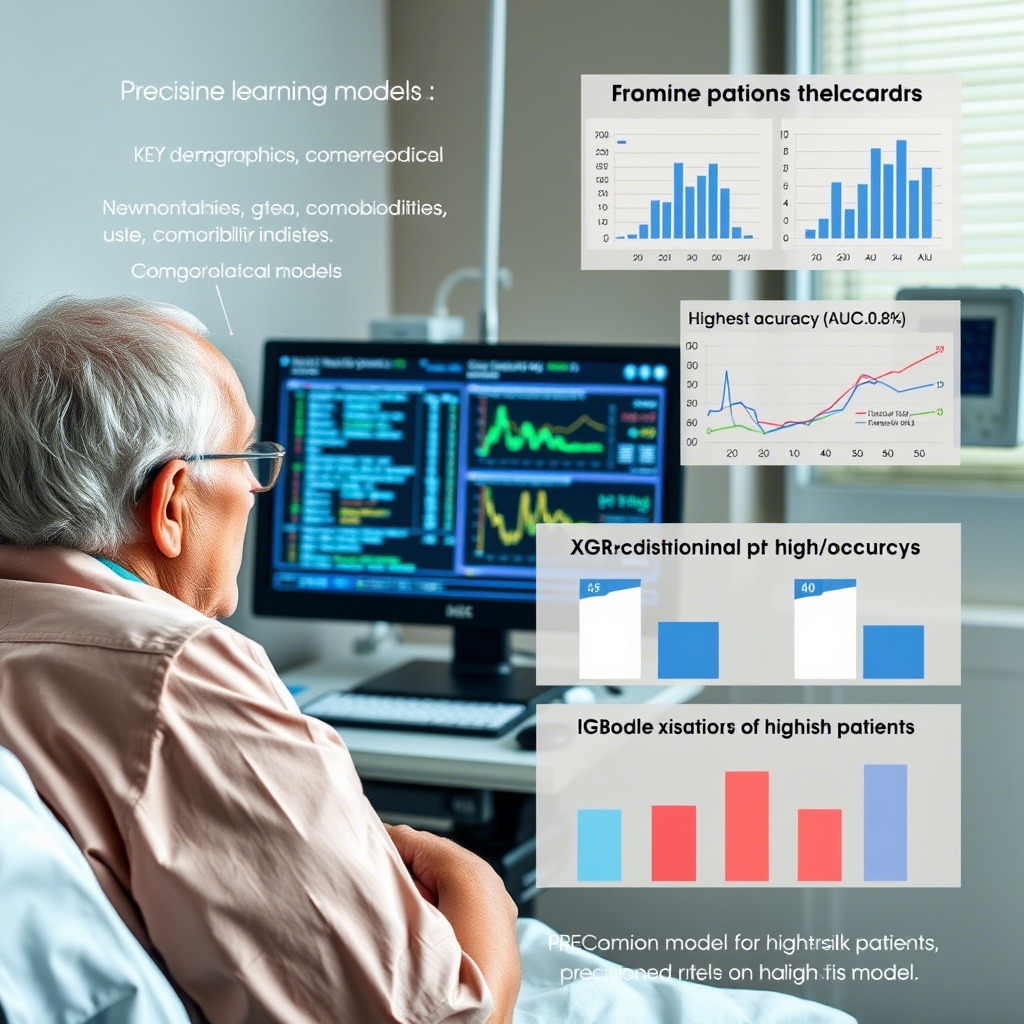The Delirium Dilemma: Predicting Acute Confusional States in Elderly Surgical Patients Using Machine Learning Models
Liang Zhao¹, Min Chen², Jiawei Wu³, Yuhan Feng⁴, Xiaotong Liu⁵
Keywords:
postoperative delirium, elderly patients, machine learning, surgical risk, cognitive declineAbstract
Background: Postoperative delirium is a frequent yet underdiagnosed complication among elderly patients, associated with increased length of stay, institutionalization, and mortality. Traditional risk scores lack precision in diverse clinical settings. This study evaluates the performance of machine learning (ML) models in predicting postoperative delirium in older adults undergoing major surgery.
Methods: A retrospective analysis was conducted using electronic health records of 1,062 patients aged ≥65 who underwent major abdominal, orthopedic, or cardiovascular surgery across five tertiary hospitals in China from 2021 to 2024. Input variables included demographics, comorbidities, preoperative cognitive status, medications, anesthesia type, intraoperative duration, and blood loss. ML models (logistic regression, random forest, XGBoost) were trained and validated on a 70/30 data split. Delirium diagnosis was confirmed using Confusion Assessment Method (CAM) criteria.
Results: Postoperative delirium occurred in 198 patients (18.6%). The XGBoost model achieved the highest accuracy with an AUC of 0.89, sensitivity 84.3%, and specificity 81.5%. Top predictors included age ≥75, benzodiazepine use, Charlson Comorbidity Index >5, and intraoperative hypotension. The random forest model yielded comparable performance (AUC = 0.87), while logistic regression underperformed (AUC = 0.76). Patients flagged high-risk by ML models had a 3.4-fold higher incidence of ICU admission (p < 0.001).
Conclusion: Machine learning algorithms demonstrate strong predictive capability for identifying elderly surgical patients at high risk for delirium. Implementing ML-based risk screening tools could enhance perioperative management and reduce cognitive complications in aging populations.
Downloads





